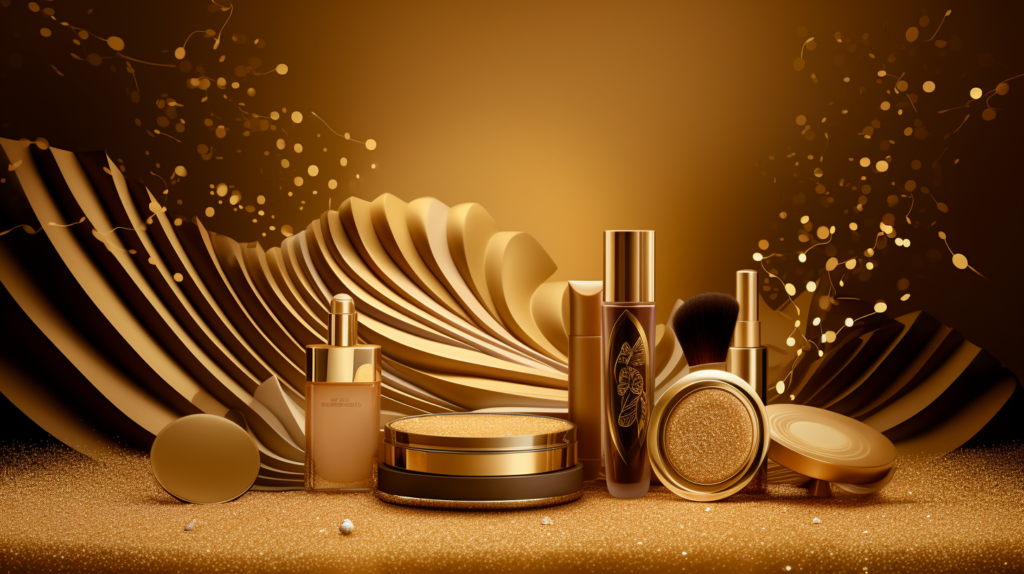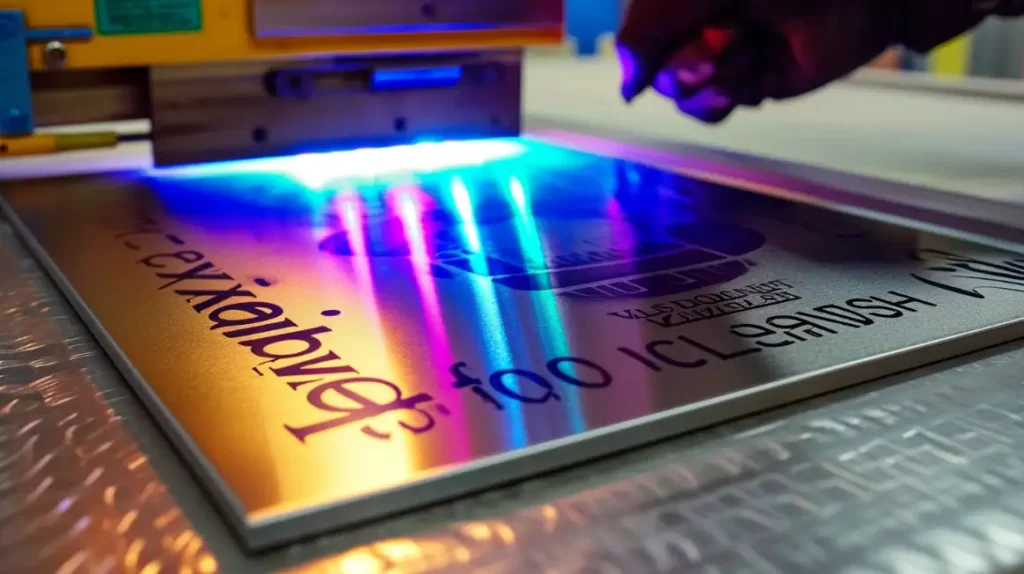Metal decorative pigments play a vital role in delivering metallic brilliance, durability, and visual depth across various industries. From packaging and automotive coatings to cosmetics and electronics, these pigments enhance both functionality and aesthetics. But selecting the right one involves more than just color—it requires technical understanding of materials, substrates, and end-use conditions. Here’s how to make the right choice.
Understanding Metal Decorative Pigment Types
Metal decorative pigments are typically made from aluminum, copper, zinc, or their alloys. They are processed into fine flakes that reflect light, creating the desired metallic effect. These pigments are usually classified into two major types: leafing and non-leafing.
Leafing pigments tend to float near the surface of the coating or ink, producing a mirror-like, high-gloss finish. In contrast, non-leafing pigments distribute more uniformly throughout the film, delivering a more subtle shimmer with superior mechanical stability and color consistency.
The Importance of Particle Size and Shape
Particle size, thickness, and shape play a key role in achieving the final look and behavior. Flatter and larger flakes deliver a stronger metallic shine and visual sparkle, while smaller flakes produce smoother and more refined metallic finishes.
The geometry of the flakes also influences ink flow, coating behavior, and compatibility with printing equipment. Poorly selected pigment morphology can lead to uneven application or clogging during high-speed printing.

Choosing the Right Pigment for Your Application System
Not all metal decorative pigments are suitable for every ink or coating system. Whether you’re using solvent-based, UV-curable, waterborne, or baking systems, it’s essential to match the pigment’s surface treatment and formulation compatibility.
Some pigments are designed specifically for UV or solvent systems, while others are optimized for high-temperature curing or post-processing. Fineland Chem, for instance, formulates pigments tailored for solvent-based, baking, and UV-curable systems, ensuring maximum adhesion, gloss, and heat resistance in each application. Visit Fineland Chem’s Metal Decorative Pigment page for details.
Matching Pigment to Substrate and Process Conditions
Your pigment selection should also align with the substrate and expected process conditions. In metal can printing or packaging, pigments must withstand baking or sterilization temperatures without degrading. In contrast, plastic or flexible packaging applications may require pigments with greater flexibility and chemical resistance.
When decorating electronic housings or cosmetic containers, added resistance to scratches, UV exposure, and abrasion becomes essential. Poor substrate compatibility can result in delamination or color fading, especially in harsh environments.

Meeting Visual and Aesthetic Goals
Metal decorative pigments offer a wide spectrum of visual effects—from brilliant silver and luxurious gold to bronze, copper, and custom shades. The choice depends on branding goals and consumer expectations.
If you need vibrant sparkle and depth, leafing pigments may be ideal. If durability and uniform color are more important, non-leafing pigments provide a better balance. Some pigment types even allow for interference or holographic effects, depending on how the flakes reflect light.
Regulatory and Safety Considerations
For applications in food packaging, cosmetics, or consumer goods, pigments must meet strict safety and regulatory standards. These include low VOC emissions, heavy-metal free formulations, and compliance with international regulations such as REACH, TSCA, and food-contact safety guidelines.
Choosing pigments from certified suppliers helps ensure product safety, environmental compliance, and consumer confidence. It also reduces the risk of product recalls or certification delays during market entry.

Why Supplier Support Matters
Working with a reliable pigment supplier ensures access to consistent quality, technical support, and customized solutions. High-purity pigments with narrow particle distribution offer better performance and more predictable results during formulation.
Fineland Chem’s metal decorative pigments are known for high heat resistance, excellent adhesion, and stable metallic brilliance. Whether you’re formulating high-gloss inks for packaging or durable coatings for industrial products, their range provides the flexibility and reliability modern applications demand.
Trial Testing and Performance Evaluation
Before full-scale production, it’s recommended to run pilot tests or lab-scale formulations. Test the pigment for dispersibility, color stability, gloss level, and resistance to heat and chemicals. Observing how the pigment interacts with your binder system and substrates under real conditions ensures it meets both visual and performance requirements.
Conclusion: Make the Right Choice with Confidence
Choosing the right metal decorative pigment involves balancing technical compatibility, visual effect, application conditions, and regulatory compliance. Understanding pigment types, processing needs, and design goals will help you select the ideal solution.
Explore the wide range of high-performance pigments available from Fineland Chem to meet the needs of your coating or ink system—with confidence, consistency, and a competitive edge.





